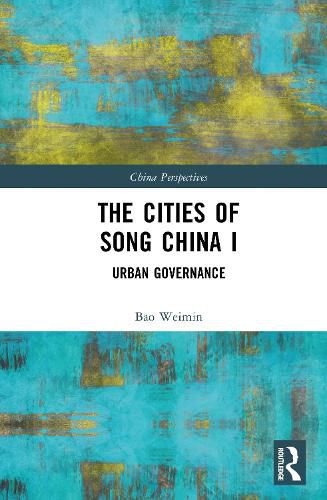Readings Newsletter
Become a Readings Member to make your shopping experience even easier.
Sign in or sign up for free!
You’re not far away from qualifying for FREE standard shipping within Australia
You’ve qualified for FREE standard shipping within Australia
The cart is loading…






This first volume of a two-volume set on Song Dynasty cities examines the innovative urban institutions and management practices that emerged during this period.
The book compares the urban landscape and administrative system in the Song Dynasty with those of the Tang Dynasty. It challenges the conventional view that the transition from Tang to Song marked a shift from an enclosed ward system to a relatively open, compartmentalized system. Instead, it argues for a significant transformation of the ward system rather than its complete disappearance. The study examines the establishment of urban firefighting systems based on the concept of the "Corner", and analyzes the flourishing of urban markets under various forms of control and restriction. It also discusses the challenges posed by the emergence of a liberal commodity economy within traditional Chinese society.
This volume will be essential reading for scholars and students of Chinese history and urban studies, as well as urban planners, historians, and policy-makers interested in understanding historical approaches to urban development and management.
$9.00 standard shipping within Australia
FREE standard shipping within Australia for orders over $100.00
Express & International shipping calculated at checkout
This first volume of a two-volume set on Song Dynasty cities examines the innovative urban institutions and management practices that emerged during this period.
The book compares the urban landscape and administrative system in the Song Dynasty with those of the Tang Dynasty. It challenges the conventional view that the transition from Tang to Song marked a shift from an enclosed ward system to a relatively open, compartmentalized system. Instead, it argues for a significant transformation of the ward system rather than its complete disappearance. The study examines the establishment of urban firefighting systems based on the concept of the "Corner", and analyzes the flourishing of urban markets under various forms of control and restriction. It also discusses the challenges posed by the emergence of a liberal commodity economy within traditional Chinese society.
This volume will be essential reading for scholars and students of Chinese history and urban studies, as well as urban planners, historians, and policy-makers interested in understanding historical approaches to urban development and management.